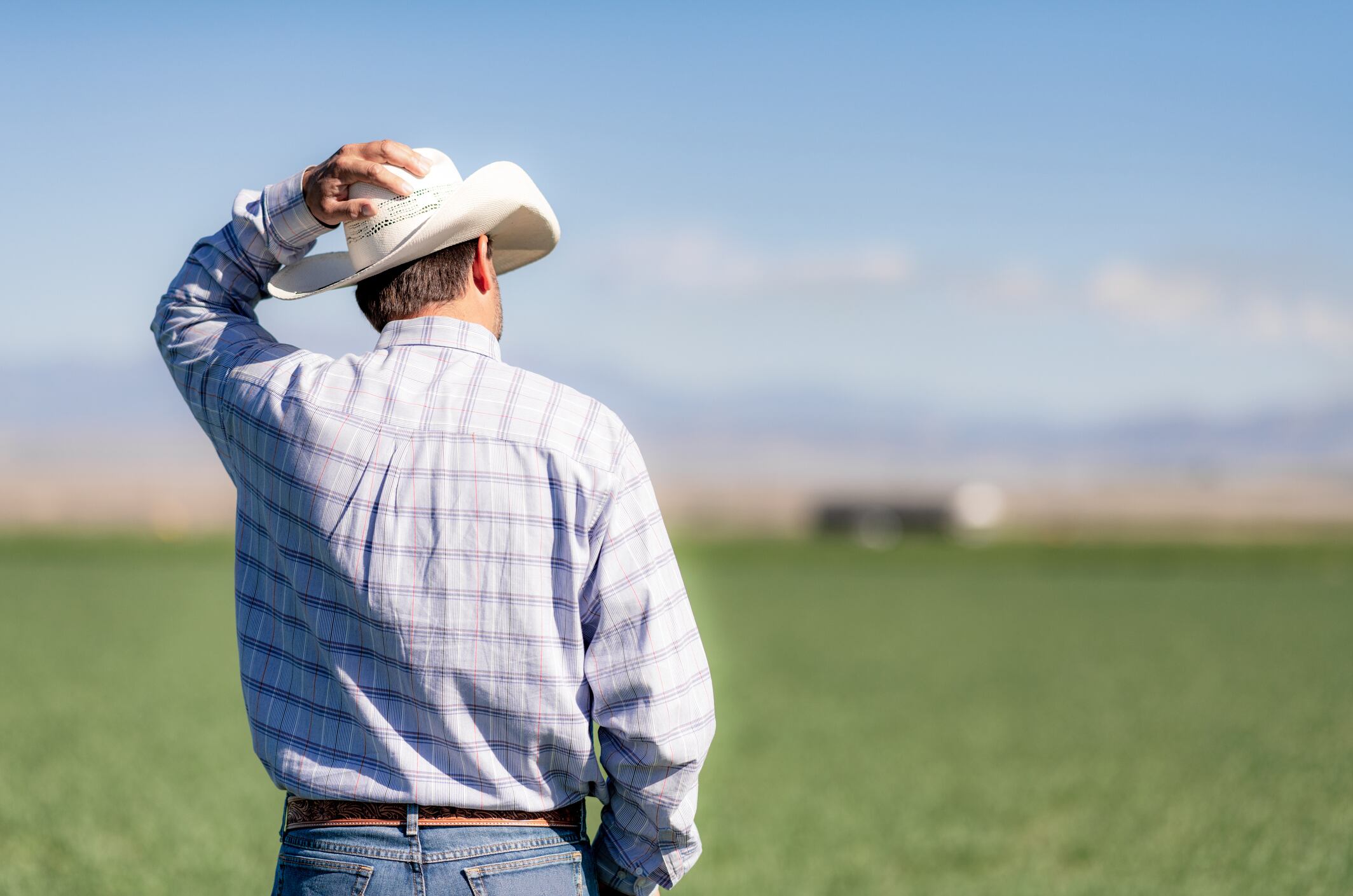The word ‘agtech’ itself is broad and ambiguous, farming specialists told AgTechNavigator’s recent webinar event that discussed farmer adoption.
Jargon can alienate farmers and create a disconnect between user and provider, said Tom Slattery, farming innovation support manager at the UK Agritech Centre.
“Terms like agtech or innovation have become quite off putting. Farmers don’t see themselves as innovators. They are open to technology if it is practical, solves real, on-farm challenges and is respectful of their time. Often those things aren’t considered enough.”
Tech developers often fail to tailor their lingo and products to the specific needs of users, noted John Seed, a fourth-generation farmer in Scotland. “A lot of the technology that’s pushed forward comes from technology companies and academics which are both discipline-bound,” he said, “whereas most farms are based on interconnected systems.”
Lack of clarity can confuse farmers, policymakers, and technology providers, and make it hard to communicate the specific benefits and applications of new technologies.
Jargon busting
Seed – a regenerative grower – was unaware of the term “ag biologicals”, despite using these types of products at his farm and despite referring to himself as “early tech adopter” who is generally enthusiastic about new innovations.
Terms like “ag biologicals, innovation and regenerative” are examples of the sector using words that don’t resonate with those who are using the products, Slattery remarked. “It’s a recurring issue… If the solution to problems, whatever they are called, are practical, give a return on investment and are easy to use then the terminology matters very little.”
But it becomes a problem when venture capital and other funding is needed to bring new technologies to market, and the terminology isn’t “as well aligned with farming as it needs to be”.
Simple is best
Agtech too often creates visions of “drones, satellites, robotics and infield sensors,” added Slattery. “This makes up an important part of agriculture technology, but not everything. Tech can mean much simpler things and doesn’t need to be cutting edge… it’s anything that helps to solve problems on farm.”
Tech providers must understand and identify potential solutions for farms rather than “rock up with a bit of kit and ask what it can used for in the farming system,” said Karl Behrendt, professor in agri-tech economic modelling at Harper Adams University.
Technology to improve farm safety is an example of a potential growth area overlooked by the industry, Behrendt reckoned. Harper Adams University is working on technology to improve farm safety through its Hands-Free Farm project.
“Improving farmworker safety is a really good use of simple technology that tries to remove people out of dangerous situations. Farm accidents are a real concern and can have massive economic impact.”
Putting the ag into agtech
More collaboration, co-development, and co-design is necessary to overcome the barriers to agtech adoption among farmers, the panellists agreed.
Collaborative approaches – where farmers, researchers, and technology providers work together from the earliest stages – can help ensure solutions are practical, user-friendly, and address real-world challenges.
Bridging this gap requires not just better technology, but also clearer, more practical communication that prioritizes being understood.
Catch the full webinar on-demand here





